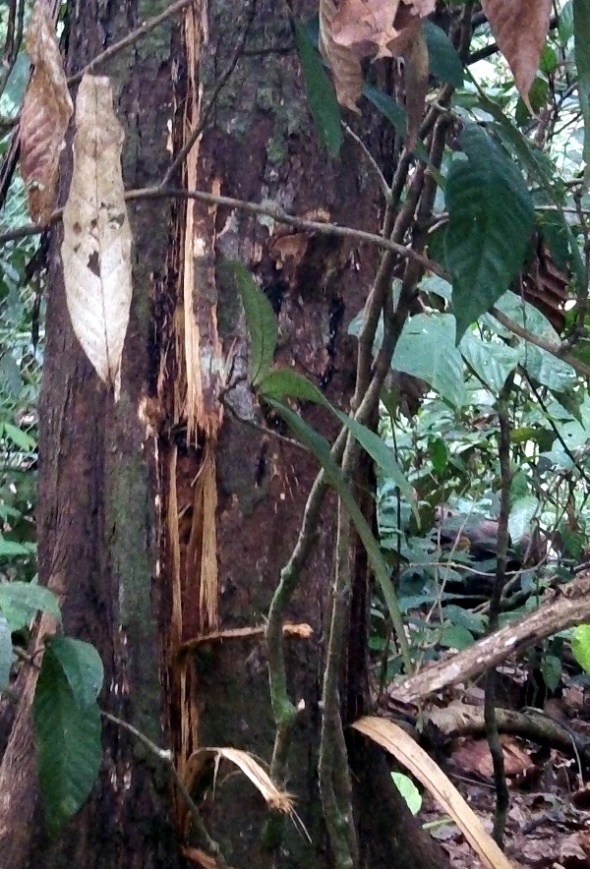Ponsiko for 2012
I’ve had the privilage to meet and work with some outstanding people in Borneo this year -both Sabahan and people from overseas alike- I would would like to say a big “ponsiko” to you all for making this year so “monsoi”. Here’s to 2013!
Lights, camera traps, action.
This is now my fourth trip out to Borneo to assist in the conservation of sun bears. After arriving in Kota Kinabalu and sleeping off most of my jet-lag I made my way to the BSBCC, stopping off in Kundasang for a couple of days to take part in a lovely little fun run they call the Kinabalu Climbathon; you can see some video from the day below.
It was great to get back to the BSBCC and see all the changes made these last five months, these include new staff, vehicles and computers,so the BSBCC looks to be getting a lot of well-deserved support these days. But the best thing I heard was that 2 bears are to be released at the end of the year, thanks to help from the Danau Girang Field Centre and the Sabah Wildlife Department. I only wish that I could be arround at that time to participate.
I’ve noticed that only about half of the Malaysians I meet seem aware that there even is an animal called a sun bear. Fortunately, Wong has been given some great opportunities recently to spread the word of sun bears, including a TED Talk and a documentary on Malaysia’s Channel 3, attracting over 1.8 million viewers!
Mary’s Story with Wong at TEDxKL
A Trailer for the Malaysian TV programme.
I am currently assisting my friend Roshan at the Danau Girang Field Centre. Roshan is doing his Master’s and at the moment is trying to trap and satellite collar wild sun bears as part of his project to study how they use this fragmented landscape. Roshan is doing a great job of putting up with my endless questions. Good on ya, Rosho.
There’s much going on in the world of sun bear conservation at the moment and it’s very motivating to be here. My experiences over the coming weeks will hopefully give me further insight into what I can set out to achieve when I go to Kalimantan in February. I shall remain here for another fortnight before making my way home via the BSBCC for another quick visit.
Heading Back
Since leaving Sabah in May I’ve been doing some teaching, both in Russia and the UK. As a result I am now able to dig myself out of the financial hole I got myself into last time and also to look to the future and buy a ticket back to do more work for sun bear conservation this autumn.

Roshan and I are also dedicated to the conservation of the “data deficient” Bornean forest swan ( Cygnus clentonii.
The main aim of my mission this time is to help my mate Roshan catch and collar a bunch of bears for his study in the kinabatangan area. This study, done as part of the Kinabatangan Carnivore Programme, is very important as it will help us understand how wild bears are behaving in areas which contain a mix of forest and (often controversial) oil palm plantation. With plantation eating away at the jungle more and more with each passing day, this study could make a big difference to sun bear conservation in the future.





